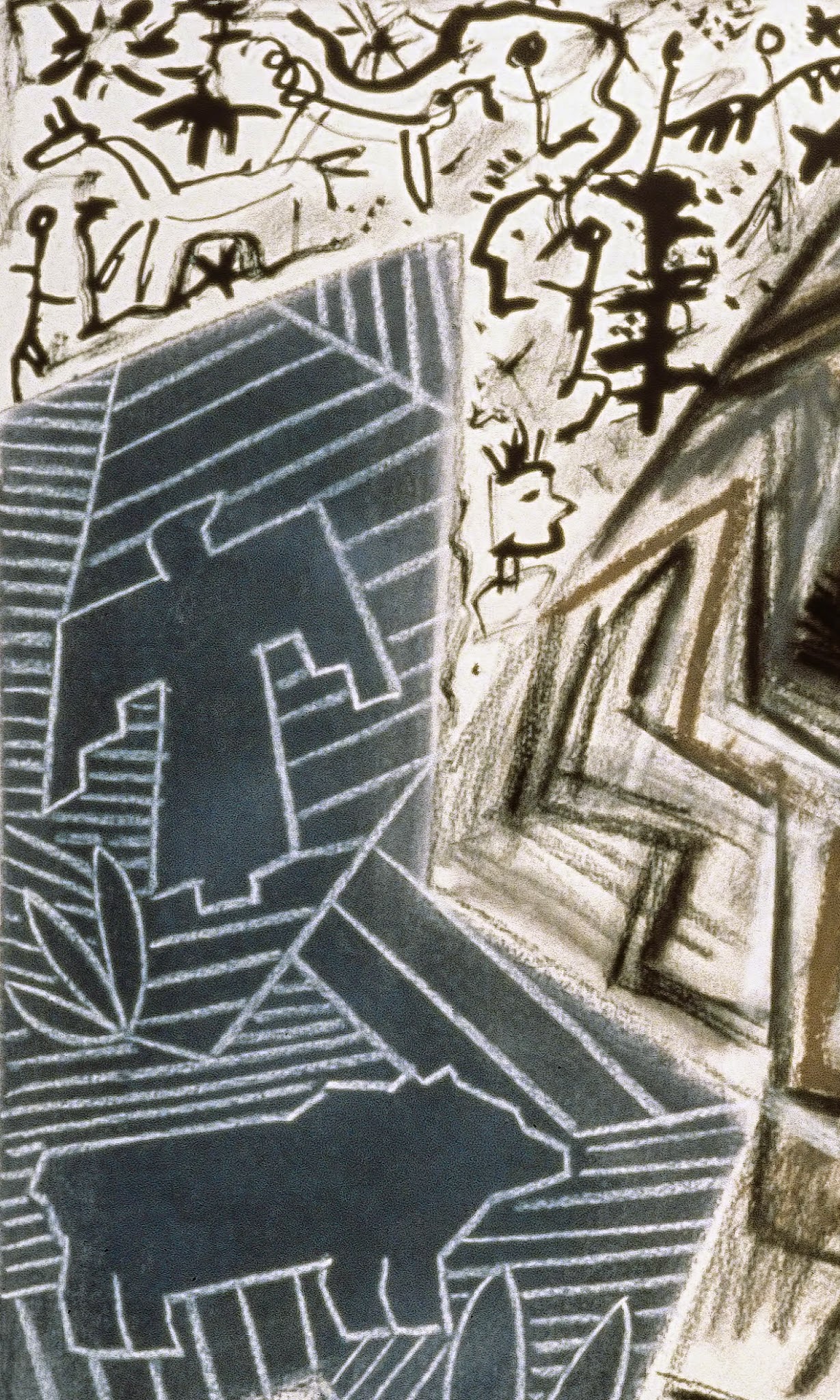NAEA Excitement! Jaune Quick-to-See Smith
I had the privilege of meeting Jaune Quick-to-See Smith at the National Art Education Association conference in San Diego last week. She is an inspirational advocate for art education, and for educating people about the struggles of Native Americans and Native American artists. Her latest efforts focus on a series of biographies of Native artists’ childhoods, expressed through their art.
It is truly wonderful to meet someone so committed to not only her own art but also art education. She stresses that, just like herself, most Native Americans are of multiple cultures. When we look at First Nations art, we should look at the individual artist and not label it as an individual culture. We talked about how Navajo rugs, Pueblo Katsina figures, and Santa Fe School paintings have come to represent “Indian” art. It’s time to refocus on 21st century Native art. She also prefers to call herself an art worker, rather than an artist.
 |
| Jaune Quick-to-See Smith (born 1940, Salish/Cree/Shoshone), Sources of Strength, 1990. Ink and pastel on paper, 29 1/8" x 41 ¼" (74 x 105 cm). Minneapolis Institute of Arts, © 2014 Jaune Quick-to-See Smith. (MIA-180) |
Although Smith originally trained in the Abstract Expressionism style in the late 1950s, she eventually came to incorporate images from artists who “documented” Native culture in the 1800s, such as George Catlin (1796–1872), and the style and figures of nineteenth-century native Plains artists’ “ledger paintings.”
Sources of Strength is part of a series of paintings that Smith terms “narrative landscapes.” These paintings have stories that are revealed only to those who know how to see life in an arid land like Montana, where she was born (the Saint Ignatius Flathead reservation). In this work, Smith has created a patchwork of shapes meant to imitate cultivated farmland as seen from the air. She has placed symbols, both Native and easily recognized from everyday American life.
The upper left corner of this work represents the American suppression of Native peoples. The style of the figures and imagery is in imitation of the Plains indigenous cultures’ paintings that recorded battles with white settlers and the army. Also on the left, she has included Native symbols of strength and bravery: the bear and the thunderbird. The zigzag in the center (variously a symbol for water and lightning) refers to the environment.
 |
| Jaune Quick-to-See Smith (born 1940, Salish/Cree/Shoshone), Sources of Strength, detail, 1990. |
Smith is not only significant for her artwork, but also her activity with Native artists, who she feels are marginalized in the “art world.” She has founded two galleries that show exclusively Native art, and curated numerous exhibits of Native art. She is a tireless advocate encouraging young Native Americans to become active in the arts, and express their cultural experiences through art. Most of the money she makes from her own artwork goes to social causes among Native peoples and to reservations.
Studio activity: Childhood experience expressed through symbols. Using felt tip pen, crayons, charcoal, or pastels, direct students to depict a significant moment in their lives through symbols. Emphasize geometric shapes, abstracted natural forms, or simplified natural objects. Have each student explain their symbols and what they mean to them.
Correlations to Davis programs: Discovering Art History 4.10; The Visual Experience 14.5; Explorations in Art Grade 4: 6.35; Explorations in Art Grade 6: 5; Discovering Drawing 10

Comments